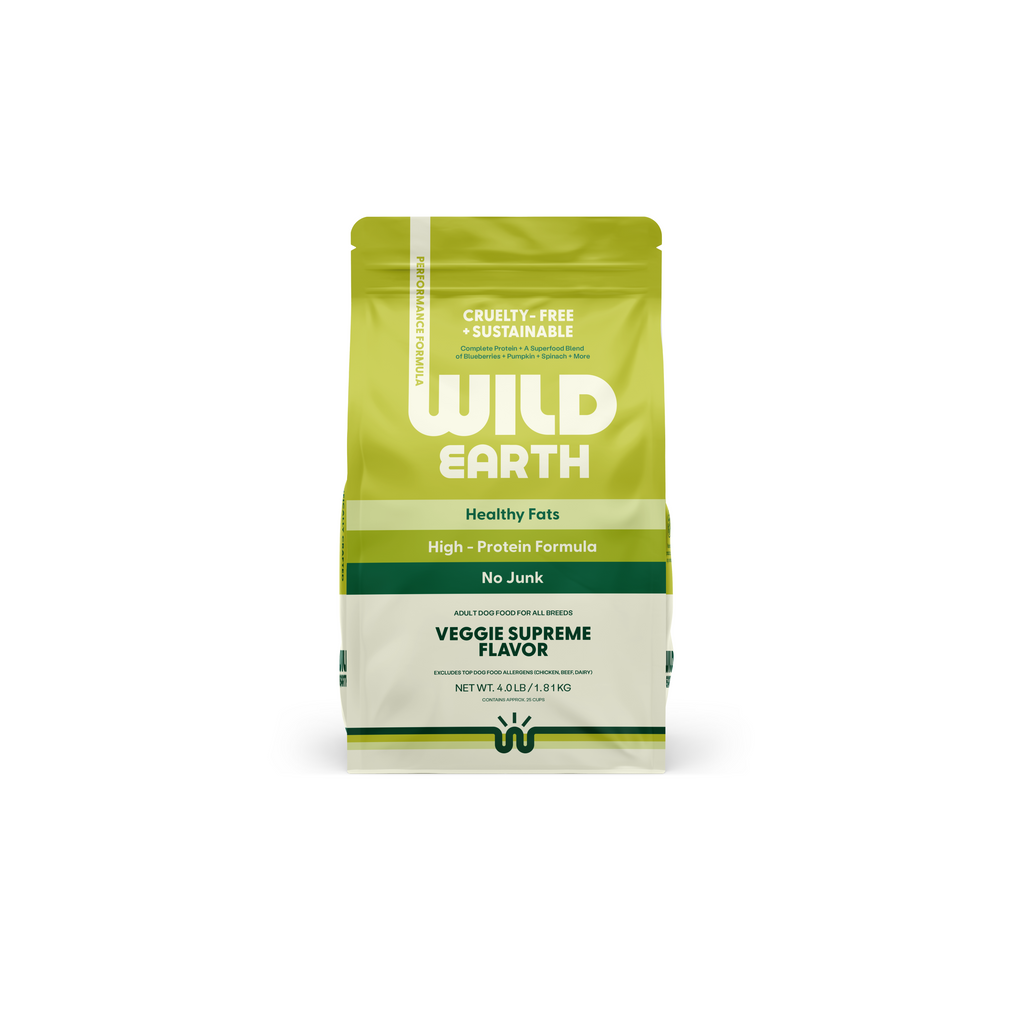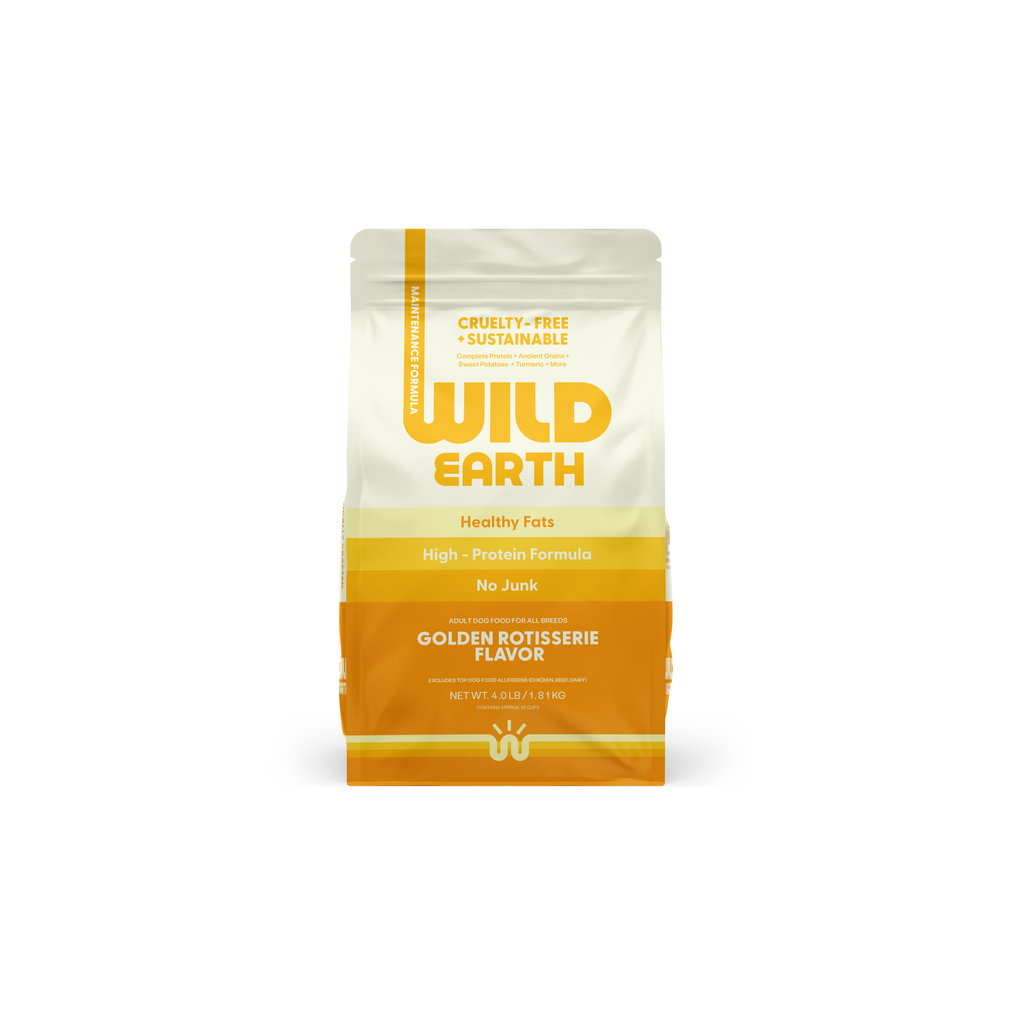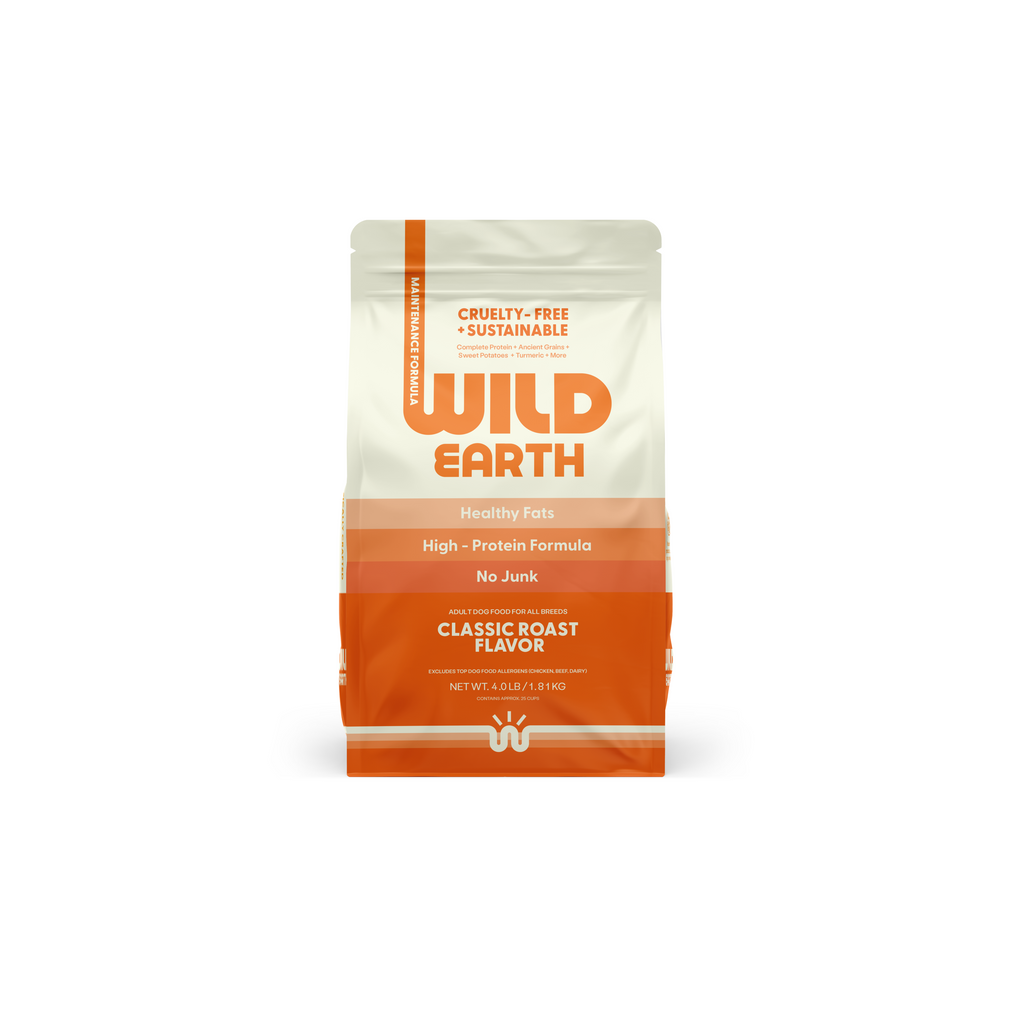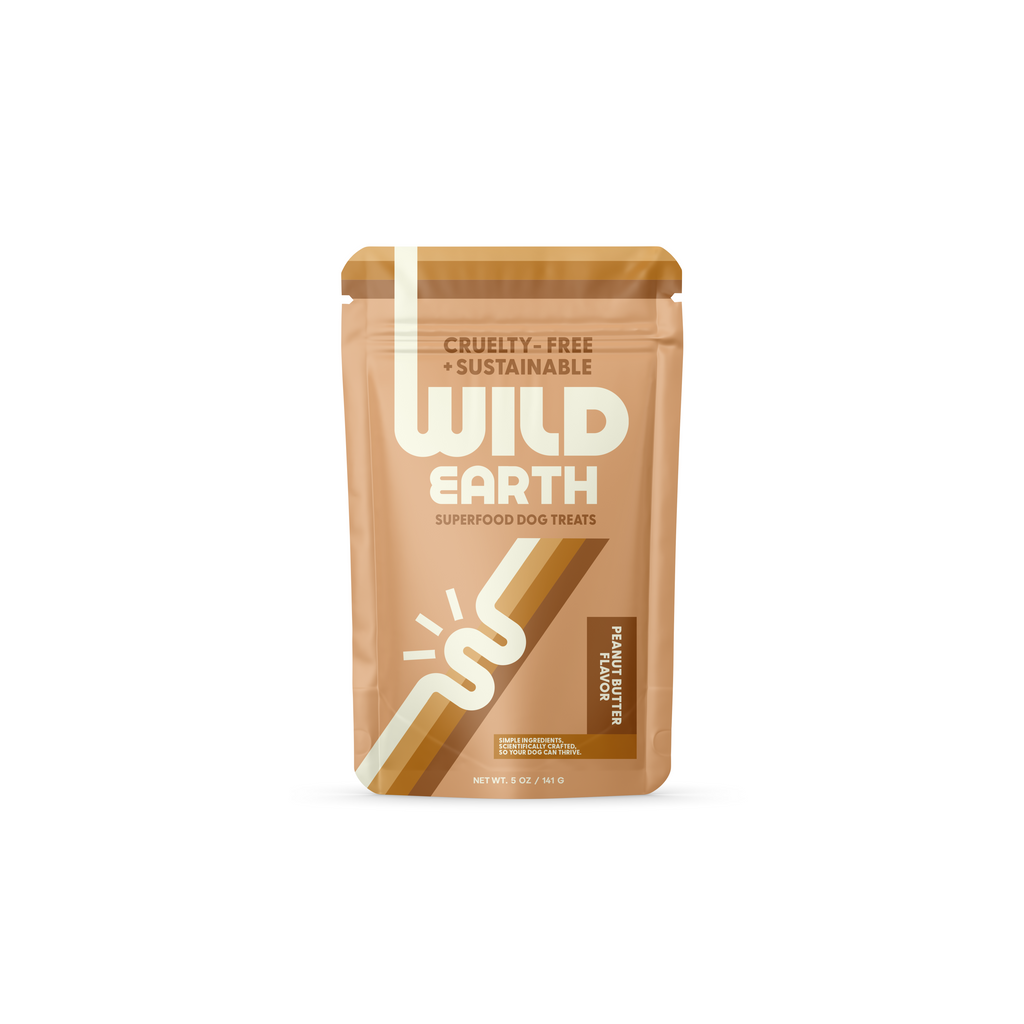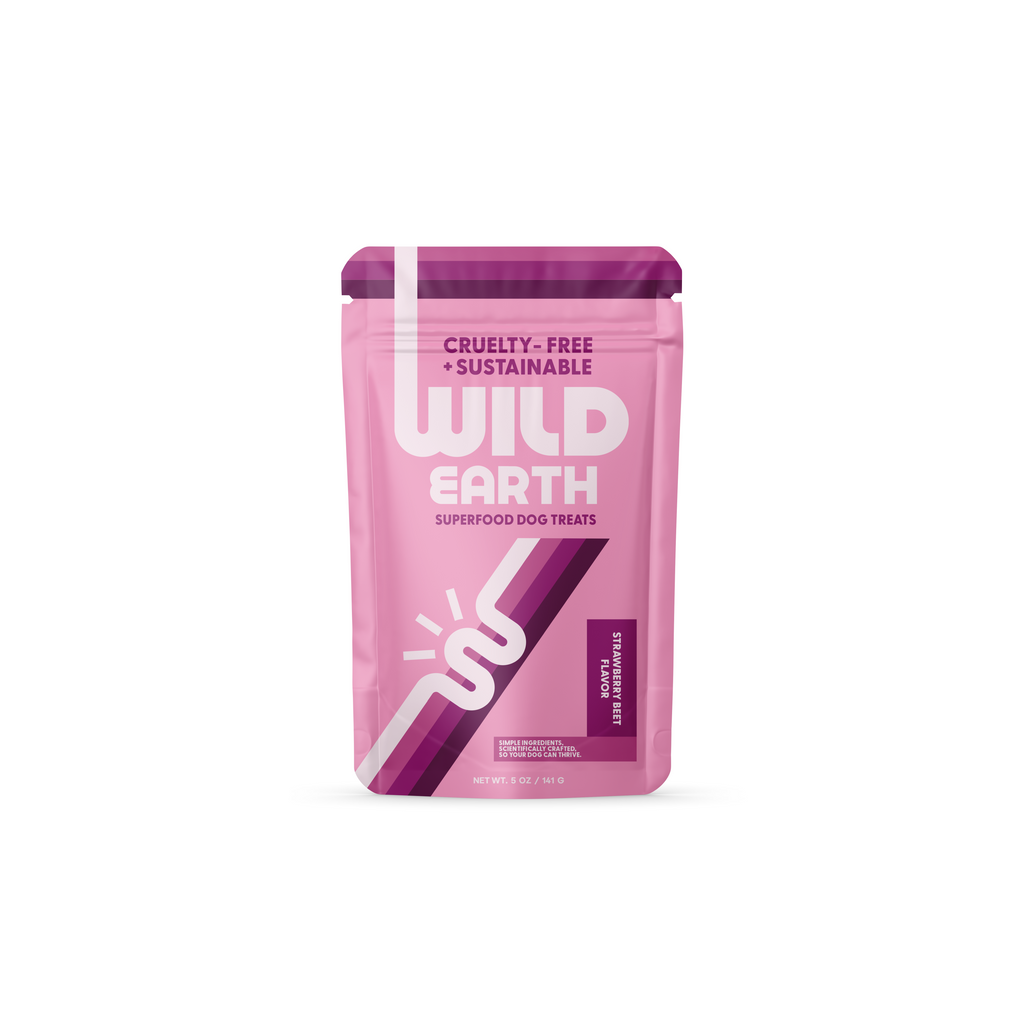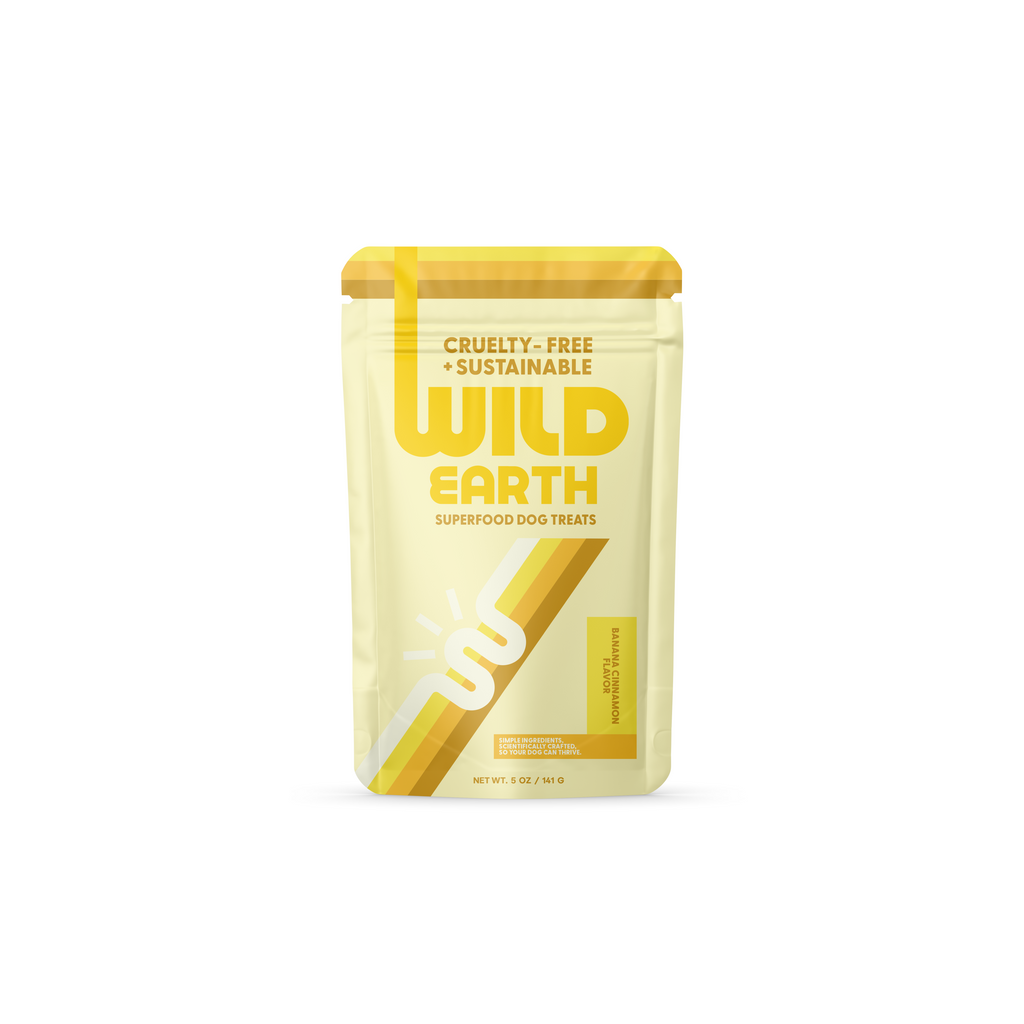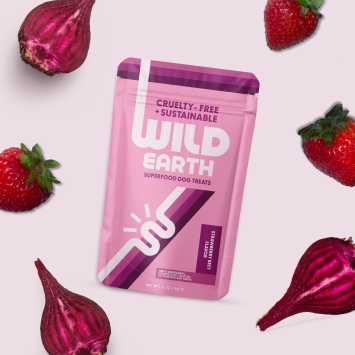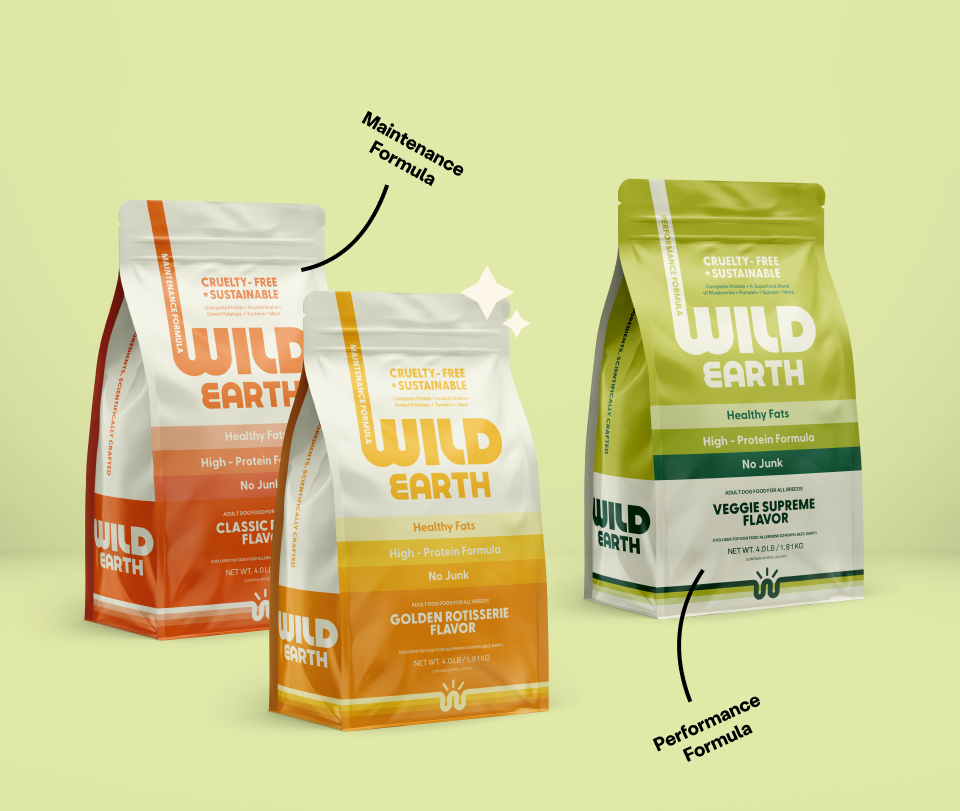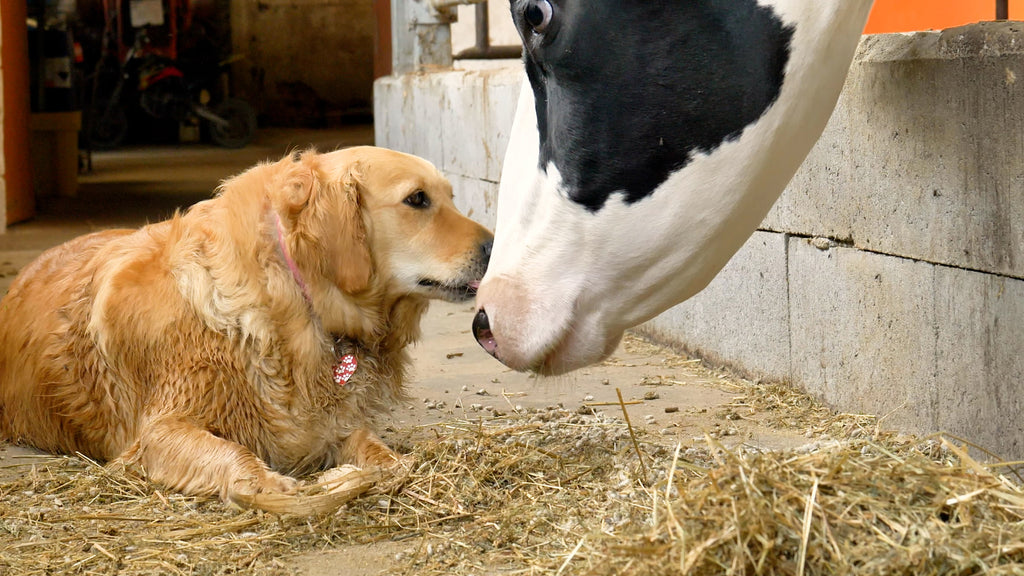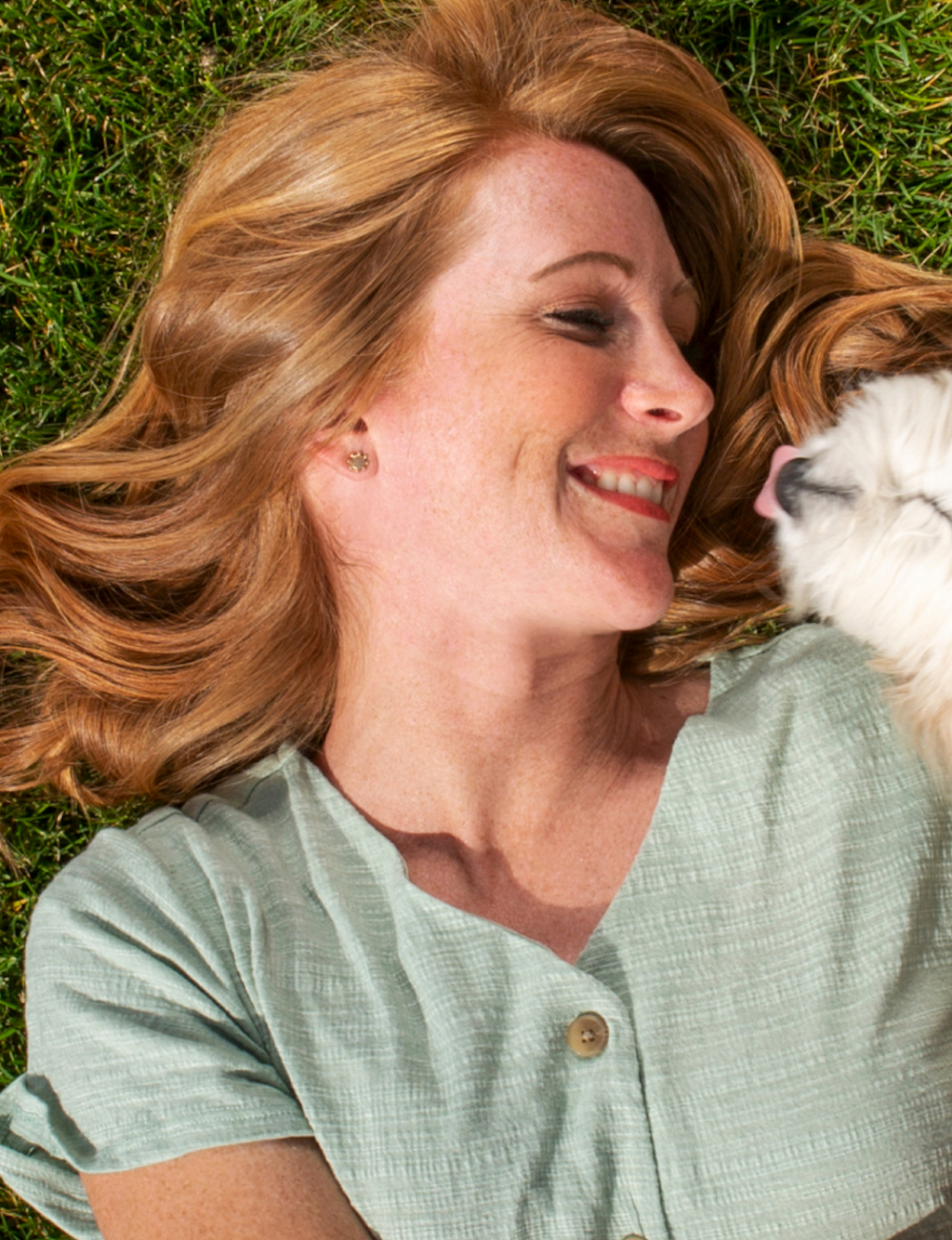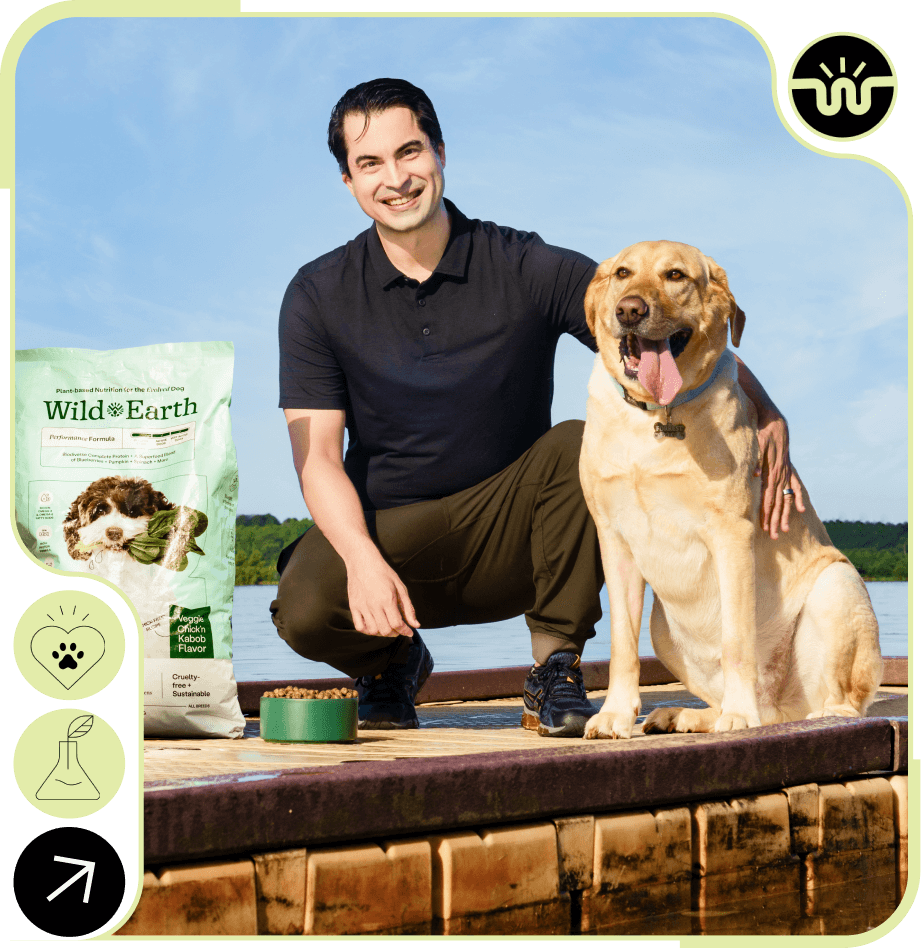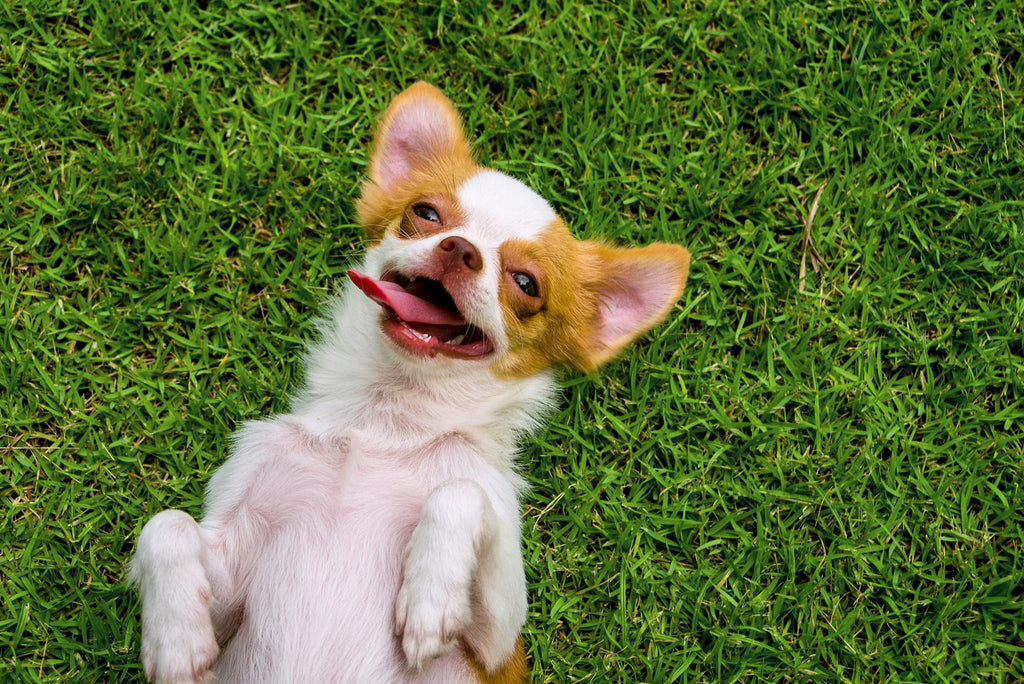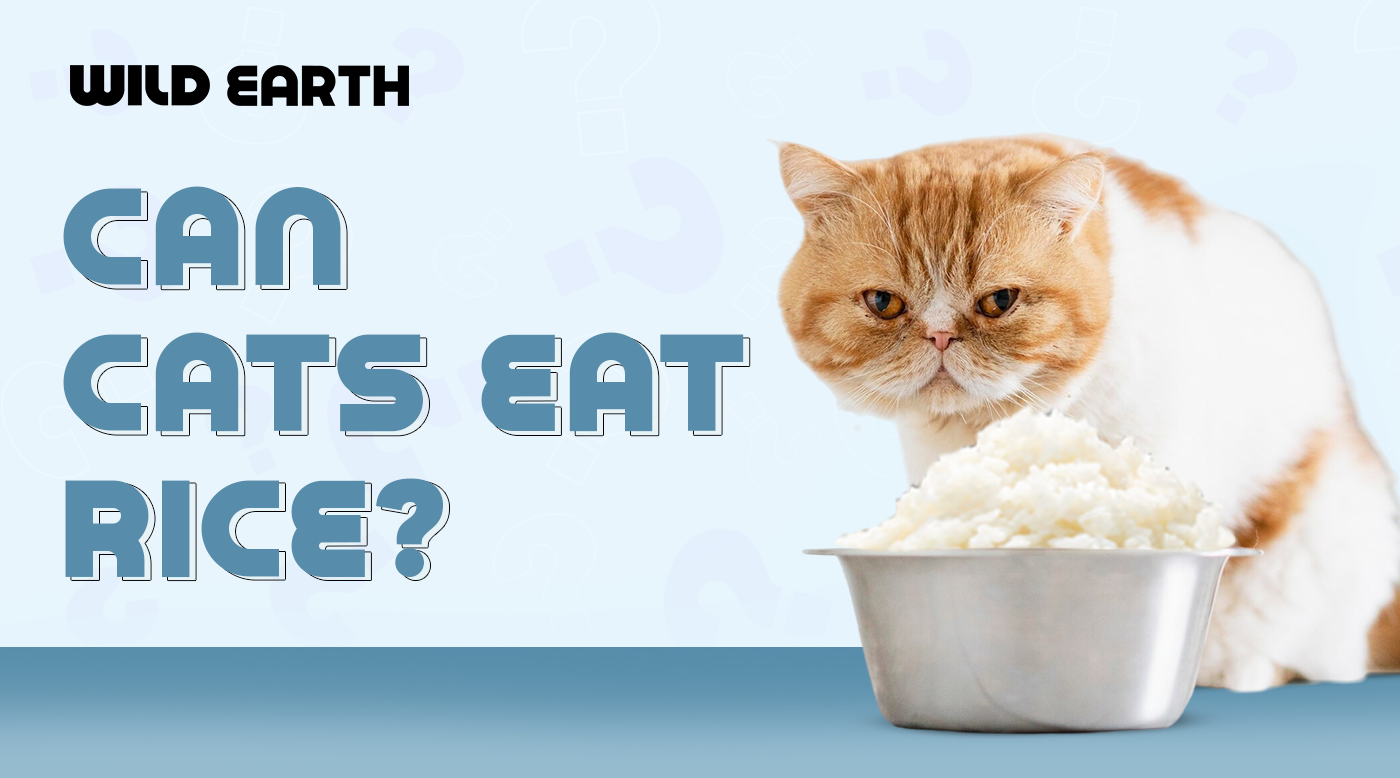
Can Cats Eat Rice?
Summary
-
Rice is safe in moderation, but not nutritious for cats. Due to their unique biology, rice offers minimal health benefits and is not an ideal energy source.
-
The most significant risks are displacement and imbalance. Feeding too much rice displaces essential amino acids (like taurine) and protein, risking nutritional deficiencies.
-
Excess carbohydrates lead to health issues. Regular consumption of rice can contribute to weight gain, obesity, and increase the risk of feline diabetes.
-
Preparation must be plain and fully cooked. Never feed raw rice due to the toxin lectin, and avoid all human additives like salt, spices, and garlic.
-
Rice should never be a dietary staple. It should only be used as an occasional treat, making up no more than 10% of your cat's daily calories.
-
Prioritize complete, balanced food. The best choice is a high-quality food, like Wild Earth's formulas, that meets your cat's demanding nutritional needs.
You just finished dinner, and your cat is staring intently at your plate’s tiny leftover rice grains. It looks like such a small, innocent food. Naturally, you wonder: can cats eat rice?
This is one of the most common questions pet parents ask. The quick answer is yes, cats can eat rice in minimal amounts. While it is considered non-toxic to felines, that simple answer comes with a huge asterisk. Rice has limited nutritional value for cats.
This means cats must eat a diet primarily composed of specific, essential nutrients to thrive. They simply are not built to get energy and essential nutrients from grains and carbohydrates the way we are. While a tiny bit of plain rice may be safe, it is crucial to understand why moderation is vital and when your vet might actually recommend it.
What Nutritional Value Does Rice Provide for Cats?
For humans, rice can be a foundational food source, providing everything from energy to fiber. For cats, the equation changes completely.
Carbohydrates as an energy source
The main thing rice provides is carbohydrates. In a cat's body, carbohydrates are converted into glucose, which is used for energy. This might sound beneficial, but a cat's metabolism is much more efficient at turning protein and fat into energy than at processing large amounts of carbs. A small amount of rice might give them a quick energy boost, but it is not the ideal or required fuel source for their bodies.
Lack of essential proteins and fats that cats need
The big drawback is that rice completely lacks the essential proteins and fats cats need for long-term health. Cats require a specific set of amino acids (the building blocks of protein), such as taurine and arginine, which are crucial for heart and eye health. If a cat eats too much rice, it fills its tiny stomach with empty calories, displacing the essential nutrients it desperately needs.
Difference between white rice and brown rice
The two have slight differences, but neither offers essential nutrition for a cat.
Brown rice is a whole grain, meaning it has the fibrous outer hull intact, giving it more fiber and a few extra nutrients than white rice. However, that extra fiber can be much harder for a cat to digest, potentially leading to an upset stomach.
White rice has had the hull removed, making it slightly easier for a cat to digest, which is why it is often the preferred choice if a vet recommends it for short-term digestive issues.
What Are the Risks of Feeding Cats Rice?
While rice is not outright poisonous, feeding it to your cat, especially in large amounts or frequently, introduces several health risks that every cat owner should know.
Digestive issues (bloating, gas, vomiting, diarrhea)
Many cats simply do not have the digestive enzymes necessary to efficiently break down a large amount of carbohydrates and fiber from grains. Introducing too much rice too quickly can overwhelm their sensitive stomachs. The result can be noticeable discomfort, including bloating, gas, vomiting, and diarrhea.
Slow, small portions are necessary to prevent this outcome.
Obesity and risk of diabetes from excess carbs
Because rice offers easily digestible carbohydrates, feeding too much of it regularly can quickly lead to weight gain and obesity. Excess carbohydrates can disrupt a cat's finely tuned metabolism, increasing their risk of developing feline diabetes. This is a serious, chronic condition that requires lifelong medical management and is a primary reason rice should be kept to a bare minimum.
Nutritional imbalance if rice replaces protein
This is the most significant risk. When you give your cat rice, it displaces the space needed for their nutrient-rich food. If rice starts to replace even a small but significant portion of their daily diet, they face a risk of nutritional imbalance. Over time, this can lead to deficiencies in critical nutrients like taurine, which is essential for healthy heart and eye function.
How Should Rice Be Prepared for Cats?
If your vet gives the okay for a tiny amount of rice, preparation is crucial for ensuring it is safe and digestible for your cat.
Cooked vs. uncooked rice (dangers of lectin in raw rice)
Never feed your cat uncooked rice. Raw rice is tough for a cat to digest and, more importantly, it contains a natural pesticide called lectin. This compound can act as a toxin in their system, leading to severe digestive upset, vomiting, and diarrhea. All rice given to cats must be thoroughly cooked until soft and tender.
Importance of keeping rice plain (no salt, spices, butter, or additives)
When preparing rice for your cat, the rule is simple: plain is best. Do not add any salt, butter, oils, spices, garlic, or onion powder. These additives are unhealthy at best, and at worst, spices, onions, and garlic can be toxic to cats. The rice should be served simply, without any seasoning or flavorings meant for human consumption.
Safe portion sizes (no more than 10% of daily calories)
Remember the moderation rule. Any extra food, including rice, should make up no more than 10% of your cat’s total daily caloric intake. For most cats, this equates to about a single teaspoon or less mixed into their regular meal. This small portion ensures they still have plenty of room for their primary, nutrient-dense food.
When Might Rice Be Helpful for Cats?
Despite the many risks associated with overfeeding rice, a veterinarian might recommend it as a temporary measure in some specific circumstances.
Managing mild diarrhea or digestive upset (short-term use only)
Because plain, cooked white rice is bland and easily digestible, some vets will recommend mixing a tiny amount with a drab, easily digestible protein source as part of a temporary bland diet. This is used only to settle a cat's stomach and manage a short episode of mild diarrhea or digestive upset.
Remember, it is strictly a short-term therapeutic measure and should not be continued once the digestive issue is resolved.
Role of rice as a filler in some commercial cat foods
You will find rice listed as an ingredient in many commercial cat foods. In these cases, it is often included as an inexpensive filler or as a necessary binder in the kibble-making process. While its presence is not inherently toxic, high levels of rice often signal that the food is lower in the high-quality protein your obligate carnivore needs. This is why reading the ingredient label and prioritizing protein sources is so critical.
Why rice should never be a staple in their diet
The temporary use of rice for a sensitive stomach is very different from making it a regular part of a cat's meals. Because rice provides such limited nutrition, it must never be a staple in their diet. A cat’s physiology demands high-quality protein and essential amino acids for vital body functions, making rice fundamentally inappropriate as a dietary cornerstone.
What Are Better Alternatives to Rice for Cats?
If you are looking to provide your cat with the best possible diet, the focus should always be on foods that meet their needs as an obligate carnivore.
High-quality commercial cat food (complete and balanced nutrition)
The best choice remains a high-quality vegan cat food that explicitly states it provides complete and balanced nutrition formulated for their specific life stage (kitten, adult, senior). These foods are scientifically crafted to include all the essential amino acids, vitamins (like Taurine), and minerals necessary for their health.
Protein-rich treats over carbohydrate fillers
Instead of using carbohydrate fillers like rice, opt for treats that are protein-rich and formulated for felines. Commercially made, protein-focused cat treats or specific nutrient-dense plant ingredients are better choices, as they support muscle mass and provide essential amino acids, making them far more beneficial than a starchy filler.
Wild Earth’s philosophy: prioritizing complete, species-appropriate nutrition
At Wild Earth, our philosophy is rooted in complete, species-appropriate nutrition. We focus on ensuring that our cat food formulas are loaded with all the required amino acids, including vital supplements like Taurine, while utilizing clean, sustainable protein sources. Our goal is to provide a diet that meets the demanding nutritional profile of an obligate carnivore.
FAQs About Cats and Rice
Can cats eat fried rice?
No, cats should never eat fried rice. Fried rice is heavy on fat and often contains seasonings, soy sauce (high sodium), garlic, and onions, all of which are harmful or toxic to cats.
Is brown rice better than white rice for cats?
Not necessarily. While brown rice is nutritionally superior for humans, its higher fiber content can make it more difficult for a cat to digest than white rice. If a veterinarian recommends rice for a bland diet, they will almost always suggest small amounts of plain white rice.
Can kittens eat rice?
It is strongly recommended that kittens not eat rice. Kittens have extremely high caloric and protein needs for rapid growth and development. Any filler food like rice will displace essential nutrients and can quickly lead to developmental deficiencies.
How much rice is too much for a cat?
Any amount over 10% of their daily caloric intake is generally considered too much. For most cats, this is equivalent to more than one teaspoon of cooked rice per day, especially if given regularly.
What should I do if my cat eats uncooked rice?
If your cat ingests a significant amount of uncooked rice, call your veterinarian or pet poison control immediately. Uncooked rice poses a dual risk of causing severe gastrointestinal upset and potential toxicity from the lectin it contains.
Conclusion
Can cats eat rice? Yes, but only in moderation, and it must be plain and fully cooked. However, rice offers almost no essential nutritional benefit and should be considered an occasional, insignificant treat.
The takeaway is clear: Emphasize moderation, proper preparation, and consistent veterinary guidance. Never let rice or other fillers replace their primary source of protein. Reinforce the importance of prioritizing high-quality, complete, balanced cat food that meets every single one of their complex nutritional needs.






